Tridonic LED strips, modules, profiles and accessories




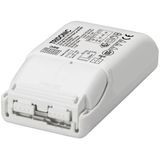
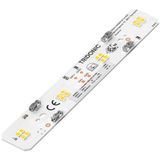
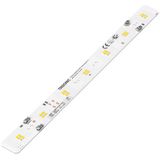

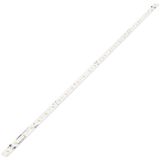
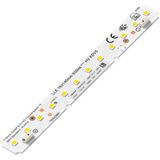

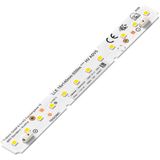


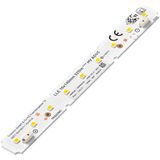
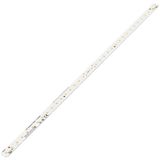



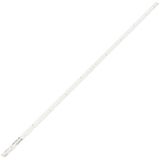

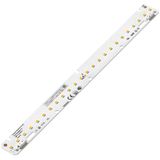
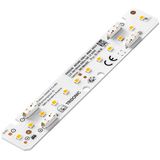

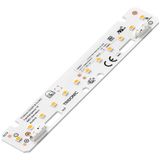

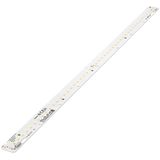
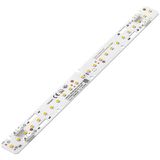
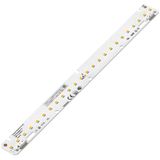
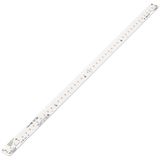
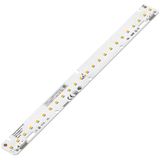
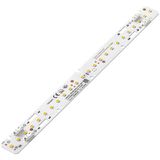
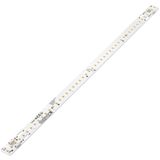

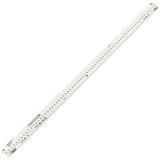
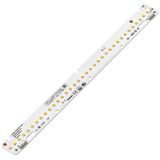


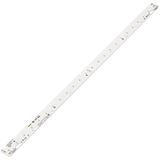


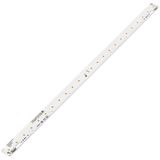
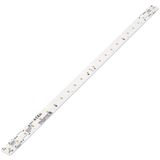


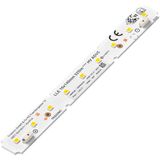
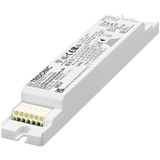
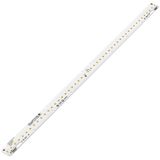

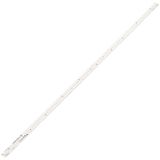
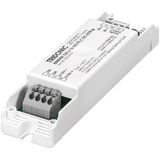
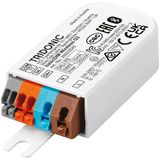
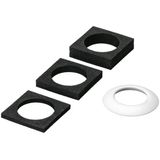
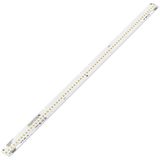
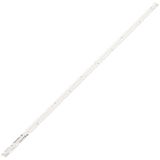
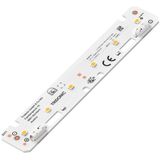
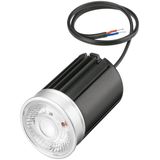

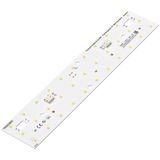
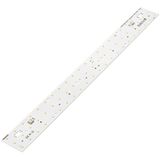
tridonic led strips and modules brand context and scope
Specifiers use this family where linear light has to be consistent from mock-up to handover. Constant-voltage 24/48 V strips sit alongside constant-current boards for higher flux and longer runs. Efficacy typically 130–200 lm/W depending on CCT and phosphor; CRI 80/90/95 with R9 options for displays; color stability SDCM ≤ 3. Thermal design is the lever—match watt density to the profile and ambient so tridonic led strips and modules stay within tc and hold lifetime (L80/L90 50–60k h per LM-80/TM-21 projections).
tridonic led profiles product range and formats
Surface, recessed, pendant, corner, and trimless extrusions cover most details; opal and micro-prismatic diffusers protect LEDs and even out luminance on close-to-surface runs. Deeper channels deliver better cut-off and lower glare; shallow channels suit shelf edges and coves. For wet or dusty spaces, gasketed covers and end-caps help reach IP54–65 at the assembly level. Crews standardize tridonic led profiles by section width (12/17/20/35 mm), diffuser type, and bracket pitch so cut sheets and installer habits line up.
tridonic linear led modules technical specifications and standards
Modules follow IEC 62031 with SELV output limits; drivers align to IEC/EN 61347 and IEC 62384. Typical boards: 280–560 mm Zhaga lengths, 200–1050 mA drive, Vf 25–56 V, tc ≤ 75–90 °C. Strips: 24 or 48 V, 8–20 mm width, 5–15 W/m to 28–40 W/m for high output; cut points 25/50/62.5/100 mm by family. Voltage-drop planning matters—keep 24 V runs ≤ 5 m per feed or go to 48 V for 8–12 m continuous coves. Binning is locked at factory; document batch codes so tridonic linear led modules maintain color continuity on later phases. Flicker metrics with the right drivers: PstLM ≤ 1.0, SVM ≤ 0.4 for camera-heavy interiors.
tridonic aluminium profiles applications and compatibility
Retail gondolas, hospitality coves, museum shelves, and office reveals each ask for a different optic. High-output ramps and cold rooms push conduction; specify heavier extrusions (Rθ ≤ 6–8 K/W-m) and keep adhesive tape under 80 °C. Avoid light leakage by black-anodized interiors in dark spaces. For façades or wash-down zones, anodized or powder-coated tridonic aluminium profiles with sealed end-caps and silicone gaskets protect to the declared IP. Keep SELV/mains segregation and 360° braid clamps at gland plates when feeds enter metalwork.
tridonic flexible led strips integration with other brand products
Choose drivers first. Constant-voltage strips pair with DALI-2, 1–10 V, or PWM-capable supplies; tunable-white uses DT8; RGBW lines use PWM channels with proper refresh to avoid strobing in video. Where emergency is required, route maintained feeds and test points through the same control tree used for luminaires. Using tridonic flexible led strips with the brand’s drivers keeps inrush data, dim curves, and fault objects uniform in BMS, and lets you publish one set of max-run and lead-length tables per riser.
tridonic lighting accessories selection criteria for B2B clients
Start with photometrics: lx on task plane, beam shape, and diffuser transmission. Then lock electrical: 24 vs 48 V, driver interface, and cable gauge (≥ 2× expected run current with margin). Confirm thermal: profile mass, mounting surface, and ambient. For fast installs, push-fit joiners, feed tails, and right-angle adapters from tridonic lighting accessories cut solder time; keep strip width and connector system consistent across floors. Document strip density (LED/m), cut-point, and color code on drawings so maintenance is repeatable.
tridonic led mounting systems advantages of working with Bankoflamps
Brackets, slide-in clips, suspension wires, and magnetic pads speed layout and let crews hold tolerances over long lines. Publish torque windows (0.4–0.6 Nm for strip terminals, 0.6–1.2 Nm for profile clamps), drill patterns, and expansion gaps so thermal movement doesn’t ripple the diffuser. With tridonic led mounting systems, we package extrusions, diffusers, end-caps, connectors, and drivers by room bundle, labeled to your riser and circuit maps.
Bankoflamps ties procurement to commissioning: project-specific pricing, near-hour quote returns by EAN/MPN, and live EU stock before lifts or night work are booked. Your portal view shows lead times, order status, and downloadable price lists with validity windows you can plan against. Trusted clients can use post-payment up to 30 days. We consolidate shipments so profiles, strips, drivers, sensors, and emergency parts land together, and your account manager cross-checks outputs, IP/IK, tc notes, inrush/MCB data, shield strategy, and labeling against your drawings—keeping deliveries site-ready across France, the Baltics, Germany, Spain, Italy, Belgium, and the Netherlands.
Product range and series overview
- Constant-voltage strips: 24/48 V families from 300 to 2000+ lm/m, single-CCT and tunable-white, high-CRI SKUs for retail.
- Rigid boards: linear and board-on-board for trunking and panels; Zhaga lengths simplify tray engineering.
- tridonic led profiles: surface, recessed, trimless, corner; opal or micro-prismatic lenses; glare-aware depths.
- Connectors and feeds: push-fit joiners, corner links, feed cables, and end-caps that match strip widths.
Technical specifications and standards
Supply via SELV drivers at 24/48 V CV or CC 200–1050 mA; PF and THD depend on driver choice. Optics/diffusers in UV-stable PC/PMMA; glow-wire 650/850 °C where applicable. IP20 typical; assemblies to IP54/65 with sealed tridonic aluminium profiles. Conformance: IEC 62031 (LED modules), IEC/EN 61347 & IEC 62384 (control gear), EN 60598-1/-2-xx (when built into luminaires), LM-80/TM-21 (reliability evidence), EN 55015/61547/61000-3-2/-3-3 (EMC/power quality). Wiring 0.5–1.5 mm² Cu; strip lengths labeled on drawings; max lead length observed to limit drop and EMI.
Applications and compatibility
Coves and reveals: continuous lines at 3000/3500/4000 K; 48 V for long runs with minimal drop.
Shelving and showcases: CRI 90/95 with R9 > 50; tight SDCM for color-critical goods.
Corridors and offices: low-glare lenses in deep channels; DALI-2 scenes and presence/daylight linking.
Industrial aisles and cold rooms: higher watt density, heavier extrusions, sealed connectors.
All systems interconnect cleanly with Tridonic LED drivers, Tridonic luminaires, and emergency units so the same harnesses and test routines apply.
By design, tridonic led strips and modules and tridonic flexible led strips stay inside SELV and EMC rules when the published lead-length, shielding, and segregation practices are followed.